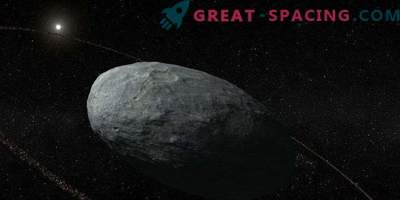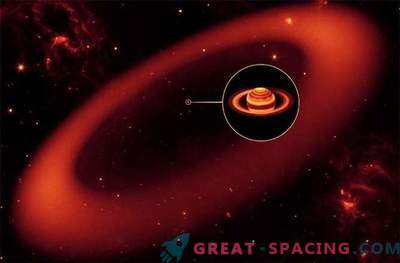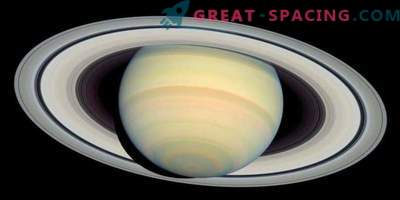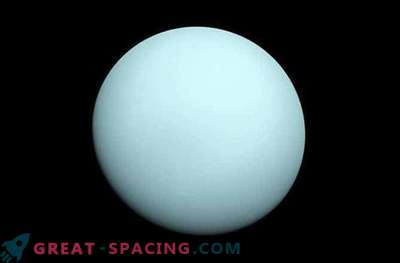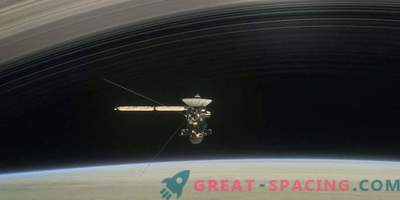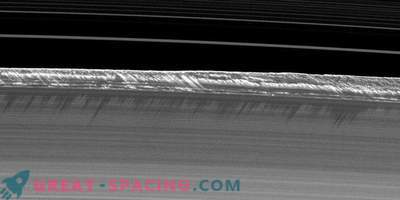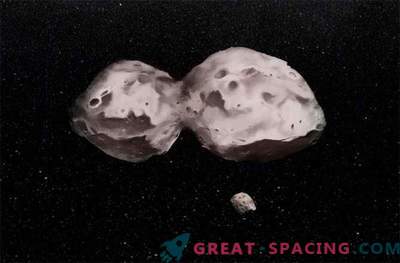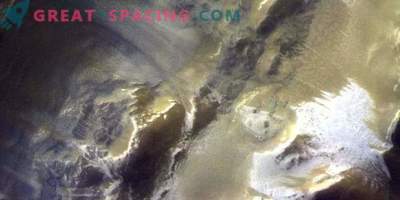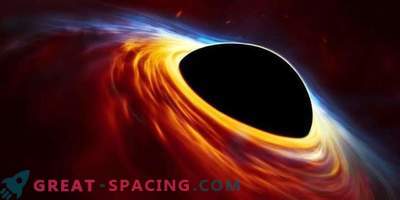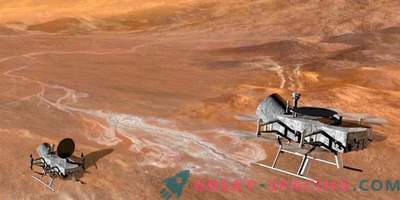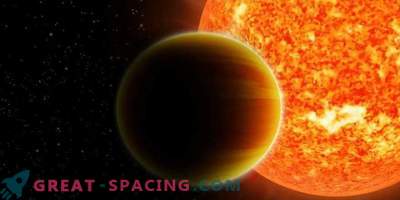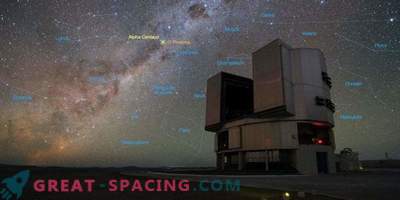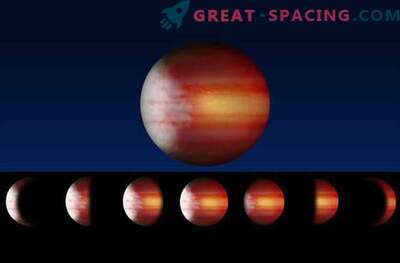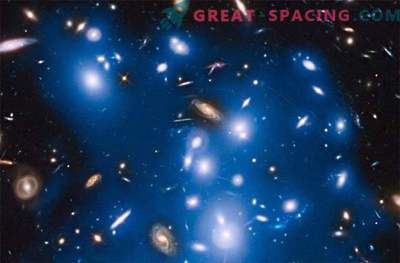
When you imagine the heavenly system of rings, probably the first thing that comes to mind is the beautiful rings of Saturn. But astronomers for the first time discovered that the system of rings can be not only on the planets, asteroids can also have them.
Having announced on Wednesday, astronomers, using several observatories in South America, including the ESO's La Silla Observatory in Chile, discovered the asteroid Hariklo, which has two different ring systems. Hariklo, which is 250 kilometers (155 miles) wide, is the largest asteroid in its class, known as Centaurs, orbiting between Saturn and Uranus in the outer solar system.
“We didn’t search for rings and didn’t even think that such small bodies as Chariklo have them in general. Therefore, the discovery of so many details in this system was a complete surprise for us,” says lead researcher Felipe Braga-Ribas from Observatório Nacional and MCTI , Rio de Janeiro, Brazil.

Due to the remote location of the asteroid, direct observation of Chariklo rings is not possible. Instead, astronomers plan to observe an asteroid as it slowly passes before a distant star. At this point, the light from the star will be blocked for a few seconds. When the asteroid passed in front of the star UCAC4 248-108672 on June 3, 2013, astronomers noticed something strange a few seconds before and after the eclipse: the double extinction of the brightness of starlight. Astronomers interpreted this double signal degradation as having a double ring system. For the first time in history, a ring system was discovered around an asteroid.
"It was amazing for me to realize that we were able to detect not only the ring system, but also to determine exactly that it consists of two clearly distinct rings," said team member Uffe Gråe Jørgensen of the Niels Bohr Institute, University of Copenhagen, Denmark. "I try to imagine what it is like to stand on the surface of this ice object - small enough so that a fast sports car can reach the second cosmic speed and escape into space."
Astronomers were able to determine the incredible details from this observation, including information about the shape of the rings, orientation and width. There are two clearly defined rings with a width of 7 kilometers (4.3 km) and 3 kilometers (1, 9 miles), separated by a 9 km (5, 6 mile) gap. The rings were given the nickname Oiapoque and Chuí, in honor of two rivers in Brazil. The gap between the rings and their shape suggests the presence of a small satellite in the asteroid's orbit.
"It is likely that Hariklo has at least one small satellite still waiting to be discovered," said Braga-Ribas.
This discovery was published on March 26th, the online edition of Nature magazine.



